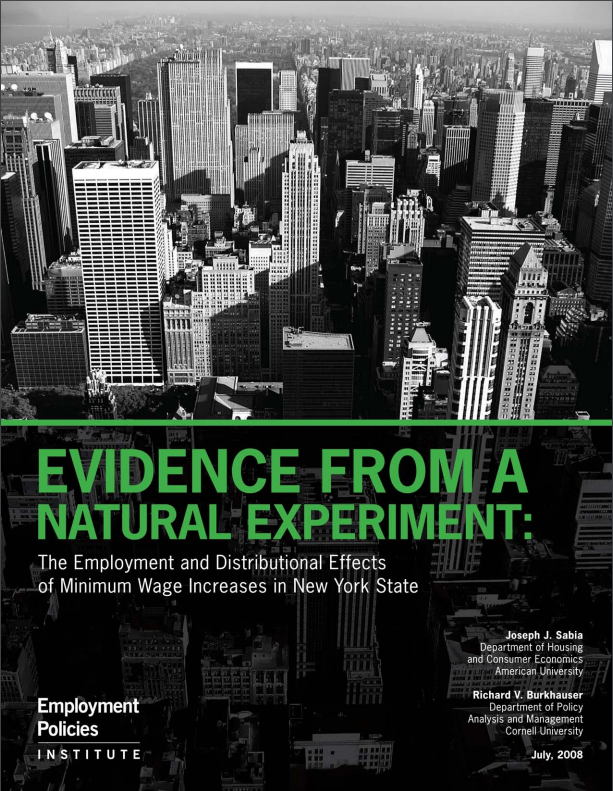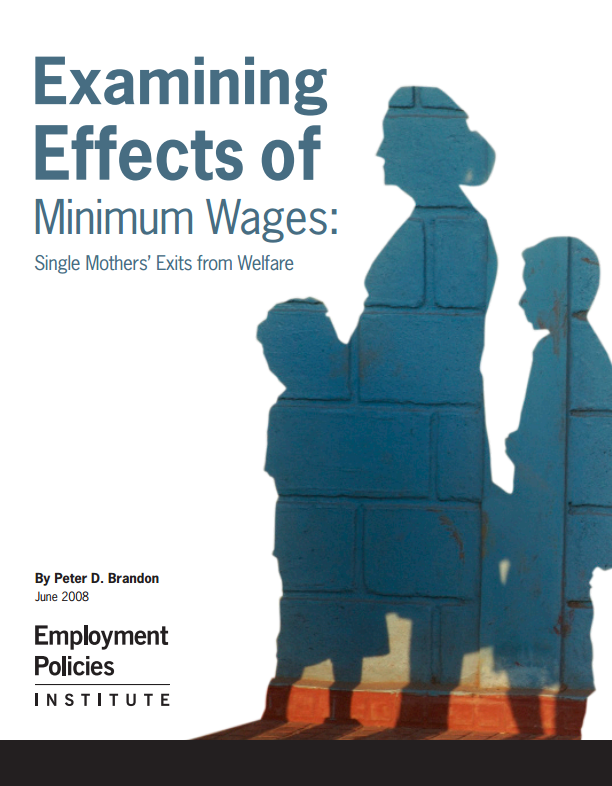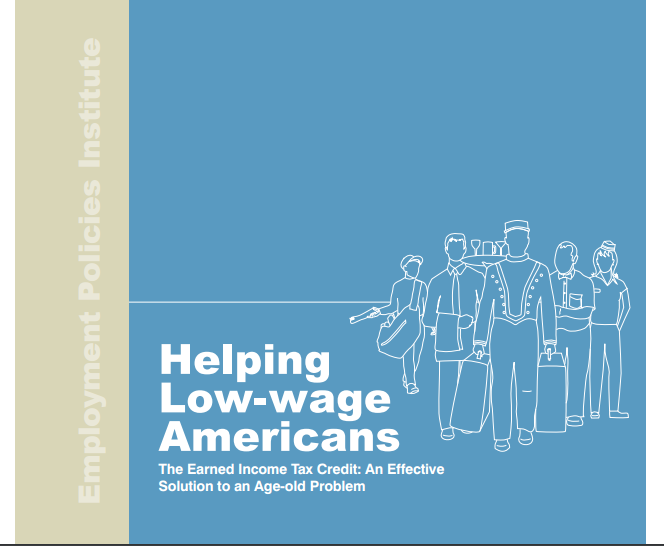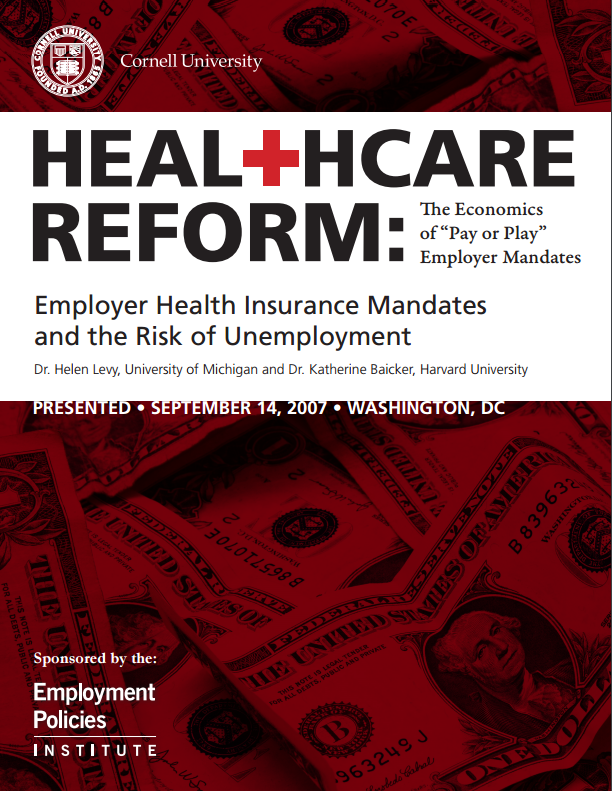The Employment and Distributional Effects of Minimum Wage Increases: A Case Study of the State of New York
September 2008
In June 2007, New York State Assembly Speaker Sheldon Silver proposed legislation to raise the state minimum wage from $7.15 to $8.25 per hour, and to index it to inflation thereafter. Proponents argue that such minimum wage increases have no negative employment effects (Card and Krueger, 1995; Dube et al., 2008) and will be effective in aiding poor workers,[1] while opponents emphasize the minimum wage’s…





